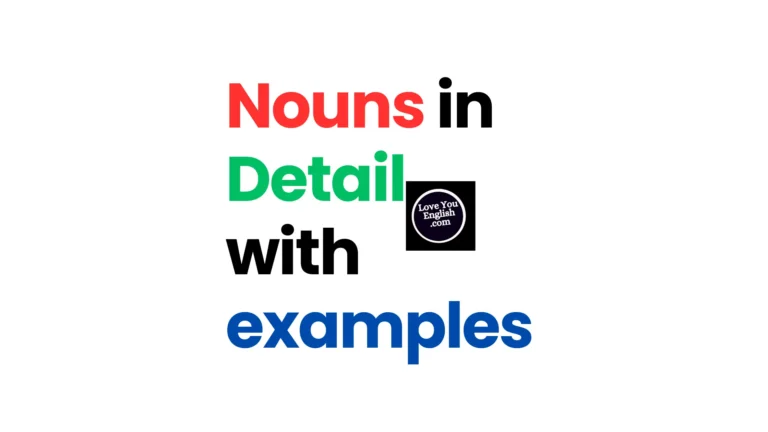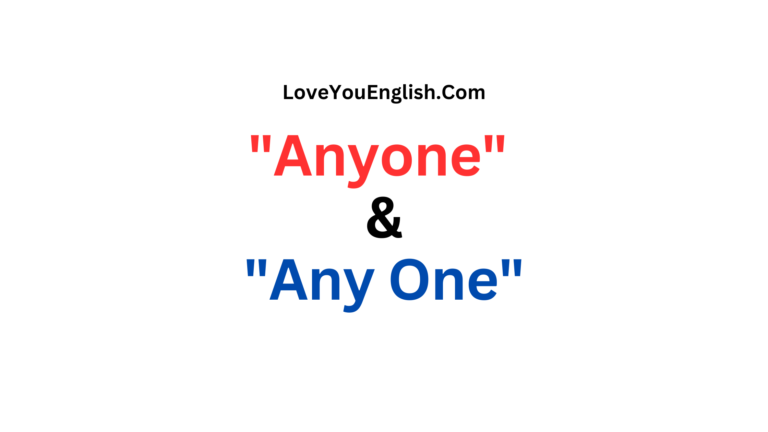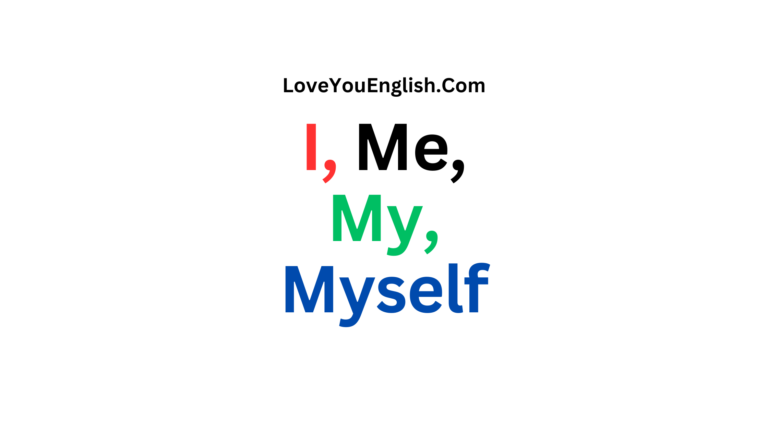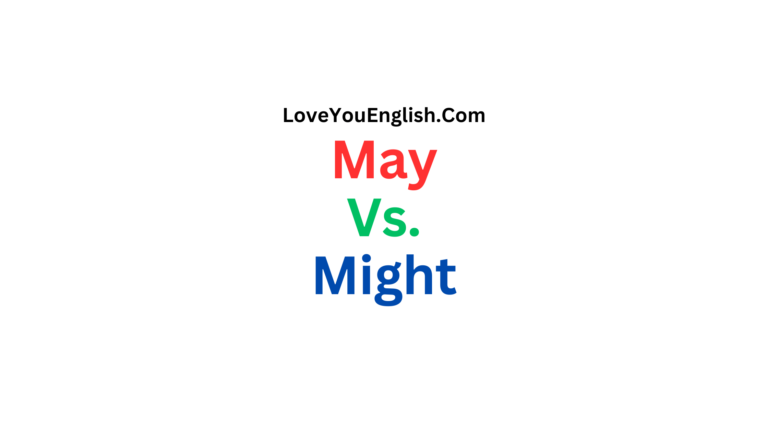Present Tense – Definition, Structure, Types, Rules and Examples
Have you ever wondered why we say “I live in New York” instead of “I am living in New York”?
Or why sometimes we say “She sings beautifully” and other times “She is singing beautifully”?
The answer lies in understanding the present tense in English.
In this lesson, we’ll dive into what the present tense is, how to use it correctly, and provide plenty of examples to make it crystal clear.
What is the Present Tense?
Simply put, the present tense is a verb tense that we use to talk about things that are happening now or that happen regularly.
It’s called “present” because it describes events, actions, or states that are currently happening or are generally true.
In English, we have four main types of present tense:
- Simple Present
- Present Progressive (or Present Continuous)
- Present Perfect
- Present Perfect Progressive
Each of these serves a different purpose, and understanding when to use each one will greatly improve your English skills.
1. Simple Present Tense
The simple present tense is probably the first one you learned in English class.
- Facts: Water boils at 100 degrees Celsius.
- Regular habits: I brush my teeth twice a day.
- General truths: The sun rises in the east.
How to Form the Simple Present
- For most verbs, you just use the base form: I play, you play, we play, they play
- For third-person singular (he, she, it), add -s or -es: he plays, she watches, it fixes
Examples:
Notice that for negative sentences, we use “don’t” (or “doesn’t” for he, she, it), and for questions, we use “do” (or “does”).
Common Mistakes
- ❌ He play guitar. (Incorrect)
- ✅ He plays guitar. (Correct – add -s for he/she/it)
- ❌ I plays piano. (Incorrect)
- ✅ I play piano. (Correct – no -s for I/you/we/they)
2. Present Progressive Tense (Present Continuous)
The present progressive tense is used to describe:
- Actions happening right now: I am writing a blog post.
- Temporary situations: She is living with her parents until she finds an apartment.
- Planned future events: We are meeting for lunch tomorrow.
How to Form the Present Progressive
- Use the appropriate form of “to be” (am, is, are) + verb + -ing
- I am reading, you are reading, he is reading, etc.
Examples:
- Look! It’s raining.
- They are discussing the project.
- I’m not working today; I’m on vacation.
- Are you listening to me?
- What is she cooking? It smells delicious!
Common Mistakes
- ❌ I eating lunch. (Incorrect)
- ✅ I am eating lunch. (Correct – need “am”)
- ❌ He is write a letter. (Incorrect)
- ✅ He is writing a letter. (Correct – add -ing to the verb)
3. Present Perfect Tense
The present perfect tense is a bit tricky because it connects the past with the present.
- Actions that started in the past and continue to the present: I have lived in Paris for five years. (I still live there)
- Past actions with results in the present: She has broken her leg. (Her leg is in a cast now)
- Experiences up to now: Have you ever been to Japan?
How to Form the Present Perfect
- Use have/has + past participle of the verb
- I have worked, you have worked, she has worked, etc.
Examples:
- They have finished their homework.
- He hasn’t called me yet.
- We’ve known each other since college.
- Has the train arrived?
- I’ve never seen a kangaroo in real life.
Common Mistakes
- ❌ She has went to the store. (Incorrect)
- ✅ She has gone to the store. (Correct – “gone” is the past participle of “go”)
- ❌ I have see that movie. (Incorrect)
- ✅ I have seen that movie. (Correct – “seen” is the past participle of “see”)
4. Present Perfect Progressive Tense
This tense combines elements of the present perfect and the present progressive.
We use it to emphasize:
- The duration of an ongoing action: I have been studying for three hours. (and I’m still studying)
- A continuous action that causes a present result: She has been running, so she’s out of breath.
How to Form the Present Perfect Progressive
- Use have/has + been + verb + -ing
- I have been working, you have been working, he has been working, etc.
Examples:
- It has been raining all day.
- They haven’t been paying attention.
- We’ve been waiting for an hour!
- Has he been practicing the piano?
- You’ve been working too hard; you need a break.
Common Mistakes
- ❌ I have been study English. (Incorrect)
- ✅ I have been studying English. (Correct – add -ing to the verb)
- ❌ She been singing for hours. (Incorrect)
- ✅ She has been singing for hours. (Correct – need “has”)
When to Use Each Present Tense
Now that we’ve covered each type of present tense, let’s look at when to use each one:
Simple Present:
Present Progressive:
Present Perfect:
Present Perfect Progressive:
Special Cases and Exceptions
State Verbs
Some verbs, called “state verbs,” are rarely used in progressive forms because they describe states rather than actions:
- like, love, hate
- believe, think, know
- have (possession), own, belong
So, we say:
- ✅ I like pizza. (Not: I am liking pizza.)
- ✅ She knows the answer. (Not: She is knowing the answer.)
- ✅ They have a big house. (Not: They are having a big house.)
But wait! Some of these verbs can be used in progressive form with a different meaning:
- I’m having lunch. (having = eating, not possessing)
- I’m thinking about my future. (thinking = considering, not believing)
Always, Constantly, Forever
When we use “always,” “constantly,” or “forever” with the present progressive, it often shows annoyance:
- He is always interrupting me! (I’m annoyed that he does this frequently)
- She’s constantly complaining. (It’s irritating that she complains so much)
Present for Future
We can use the present progressive or simple present for definite future plans:
- I’m leaving for Paris tomorrow. (present progressive)
- My flight takes off at 8 AM. (simple present for schedules)
Present Perfect vs. Simple Past
The choice between present perfect and simple past can be tricky:
- I’ve lost my keys. (present perfect: the result continues; I still can’t find them)
- I lost my keys yesterday. (simple past: it happened at a specific past time)
Practice Makes Perfect
Let’s practice with some exercises:
Fill in the blank with the correct form:
Choose the right tense:
-
- A: What _____ you _____?
- B: I _____ dinner. It _____ great!
- A: a) do / cook b) are / cooking c) have / cooked
- B: a) cook b) am cooking c) have cooked
- A: a) smells b) is smelling c) has smelled
- Answer: b) are / cooking, b) am cooking, a) smells
Correct the mistake:
-
- ❌ I have saw that movie before.
- ✅ I have seen that movie before.
Pick the best option:
Complete the sentence:
Real-Life Examples
To really understand the present tense, it helps to see it in everyday situations:
At a Restaurant:
At Work:
Making Plans:
Describing a Hobby:
-
- You: “I love photography.”
- Friend: “Really? How long have you been doing it?”
- You: “I’ve been taking photos since high school. Lately, I’m focusing on landscapes.”
Conclusion
The present tense in English might seem complicated at first, but with practice, it becomes second nature.
Remember:
- Simple Present: For facts, habits, and general truths
- Present Progressive: For current actions and temporary situations
- Present Perfect: For past actions with present effects
- Present Perfect Progressive: For ongoing actions with duration
Pay attention to how native speakers use these tenses in movies, songs, and conversations.
Try to use each tense correctly in your own speech.
Don’t worry about making mistakes—it’s part of learning! The more you practice, the more natural it will feel.
English grammar has many rules, but understanding the present tense is a big step forward.
Now you know not just what to say, but why you’re saying it that way.
So go ahead, start using the present tense in all its forms.
Before you know it, you’ll be speaking English more accurately and confidently than ever before!
_____________________
Check out these awesome grammar books I recommend:
High School English Gram & Comp – by WREN & MARTIN
OXFORD ENGLISH GRAMMAR COURSE ADVANCED WITH KEY (WITH EBOOK)







